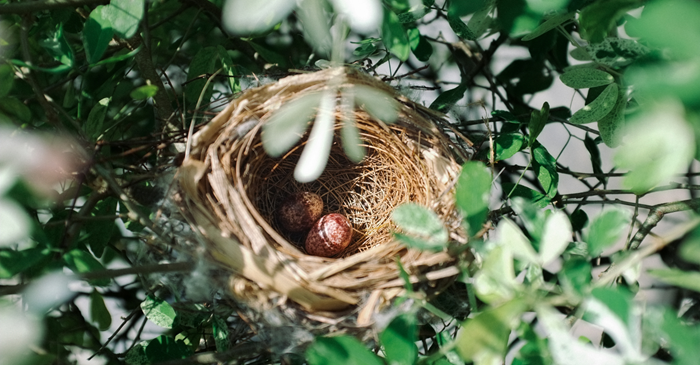Bird eggs come in a stunning array of shapes, sizes, and colors, and are as unique as the birds that lay them. Whether you are an avid birdwatcher or simply curious about the wonders of nature, being able to identify bird eggs can enhance your appreciation and understanding of our feathered friends.
Join us as we delve into the art of identifying bird eggs and discover the importance of it all for conservation purposes.
How to Identify Bird Eggs
Becoming an expert in identifying bird eggs requires a keen eye and attention to detail. Just like identifying birds, you must pay close attention to the distinct characteristics of the eggs to determine which species they belong to.
Here are some key characteristics to look for during bird egg identification.
The color.
When identifying bird eggs, color can be a major clue. Each bird species lays eggs with their own unique color range, from muted pastels to vibrant hues.
Pay close attention to the overall base color of the egg and the intensity of the color. Additionally, observe whether all eggs in the nest have the same shade or if there are variations in hue. These color cues can help you correctly identify which bird species laid the eggs.
The shape.
The shape of bird eggs is just as important for identification as the color. Bird eggs come in various shapes, from elongated and pointed to round and oval. Look at the size, texture, and symmetry of the egg to determine which species it belongs to.
The size.
Size is another critical factor when it comes to identifying bird eggs. To get an idea of the egg's size, compare it to similar objects. For example, is it comparable in size to a dime or to a golf ball? Knowing the egg's size can help narrow your search for its identity.
The markings.
The speckles, spots, and streaks that adorn some bird eggs are unique to each species. When identifying bird eggs, check for patterned markings or blotches in the background color of the egg. Again, this can be a telltale sign of which avian family it belongs to.
Other Useful Resources
If you are still having trouble with identifying bird eggs, there are other resources available to help. There is a wealth of information about birds and their eggs found online. Check out our Birding Hub for more articles and tips on all things avian, and don't forget to join the discussion!
The Importance of Identifying Bird Eggs
Knowing how to recognize the different eggs is a vital skill for any bird enthusiast worth their salt. It allows you to understand which feathered friends are nesting in your yard, as well as their breeding behavior and the environmental factors that support their brood.
Furthermore, identifying specific egg types can help identify invasive bird species and note areas where brood parasites are active. It's not just about bird watching; it's about understanding the intricate and delicate world of our avian friends and working towards their conservation.
Beyond satisfying our curiosity, identifying bird eggs can serve a multitude of purposes, like tracking migration patterns, understanding breeding habits, and assessing the health of bird populations.
Draw Birds In Your Yard
Identifying bird eggs can be an exciting way to explore the birds that inhabit your area, and it can be easily combined with other activities such as birdwatching or sketching.
Observing which birds are nesting in your backyard can help you gain a deeper appreciation for the natural world surrounding you. With each newly identified egg, you'll become more familiar with the unique characteristics of the bird species that call your area home.
If you don't get a lot of action in your backyard, try laying out bird food or setting up a birdbath to attract feathered visitors. Once you have your avian audience, you can observe their behavior and look for any eggs they might be laying.
Knowing how to identify bird eggs is a crucial skill for any avid birder. With some nutritious bird food, a pair of binoculars, and a keen eye, you'll be ready to begin your egg-hunting adventure in the great outdoors.
